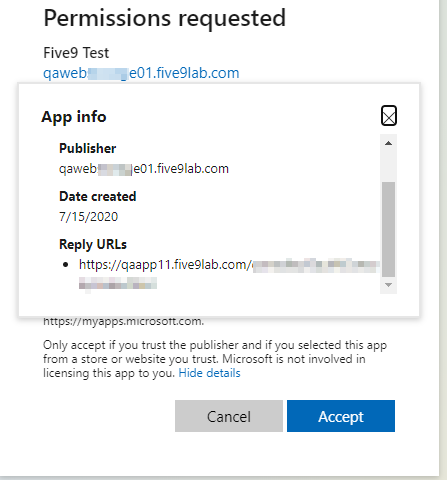Hello @NikolayBelaevski-3026
In the document, that you are referring to, it is not mentioned that publisher domain name and redirect/reply URL domains cannot be different. The restrictions that you are referring to are with respect to multiple Reply URLs in the same app.
Just to clarify the confusion:
If the publisher on Multi-tenant app is Null, you cannot add Reply URLs with different top level domains, such as:
https://contoso.com
https://fabrikam.com
You can NOT register below Reply URLs to same application, as they register common root (contoso.com)
https://app1.contoso.com
https://app2.contoso.com
But if you add contoso.com as verified publisher domain, you can add these Reply URLs to the same app. If you don't want to add contoso.com as verified publisher domain, you would need to add 3rd reply url with value: https://contoso.com. This will allow you to have https://app1.contoso.com and https://app2.contoso.com registered as reply urls to the same app.
Moreover, the Reply URL is to specify the url where the token should be posted after successful authentication. So, if there will be a restriction that the reply url must match with publisher domain, you will not be able to federate those applications with Azure ad, which are hosted in different domains than the verified domains in Azure.
Please do not forget to "Accept the answer" wherever the information provided helps you. This will help others in the community as well.

